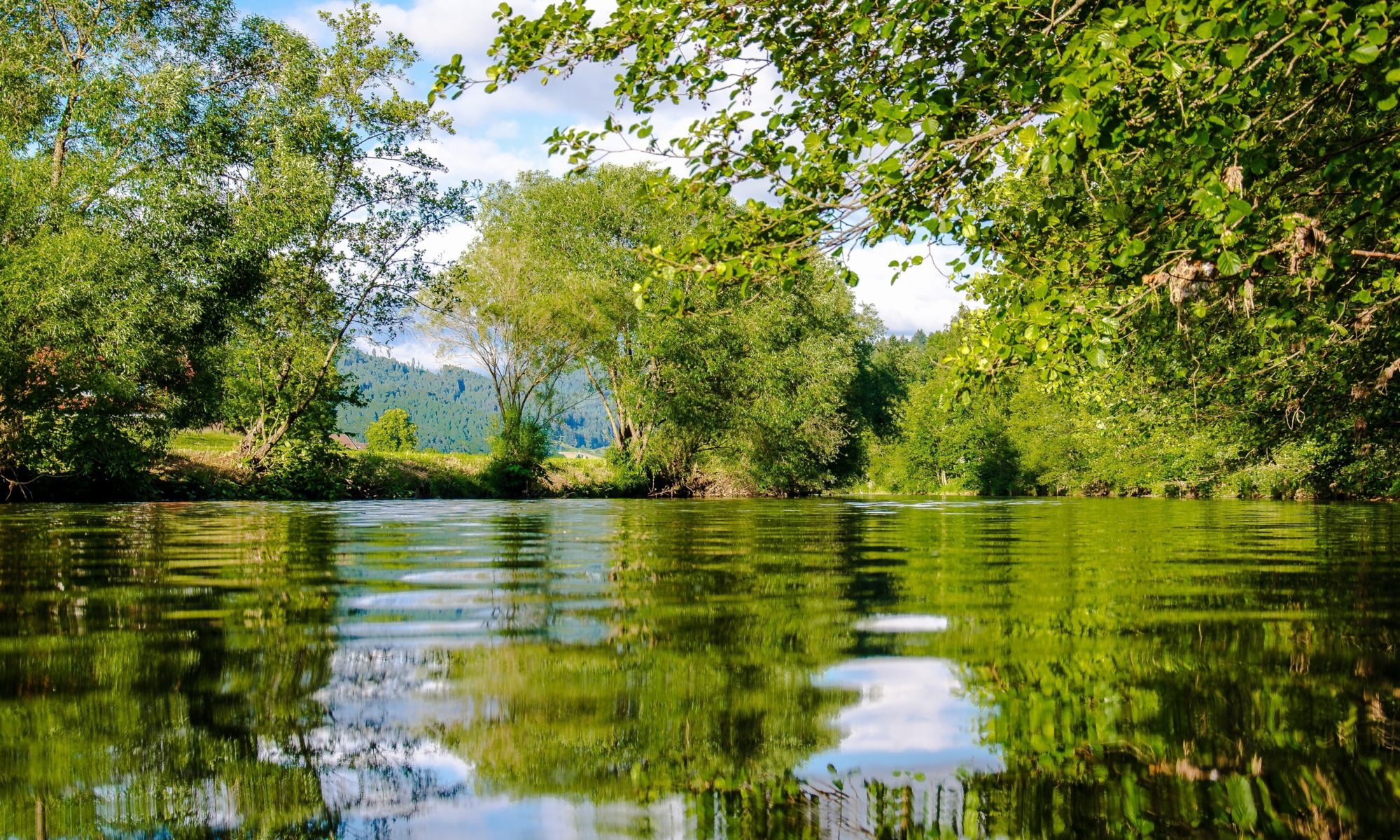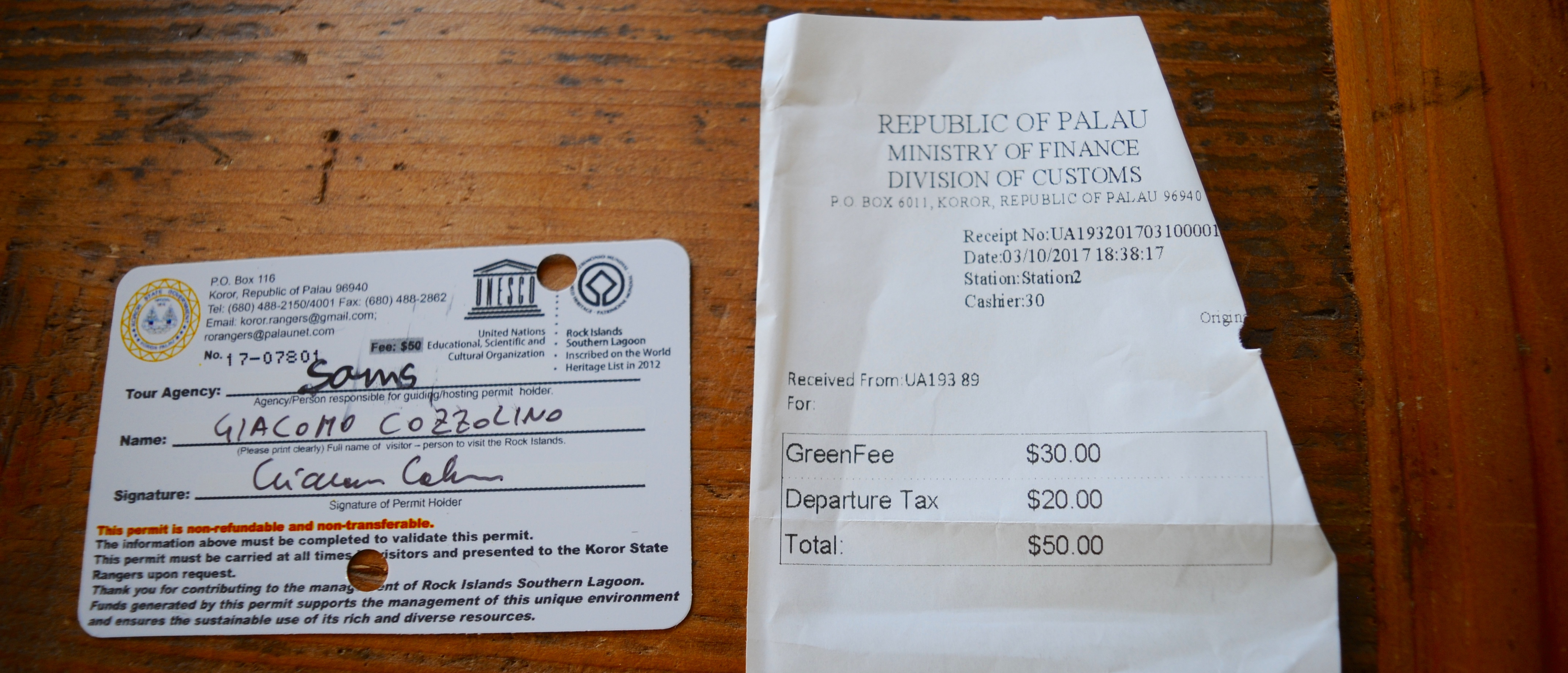At the global level, there are significant running costs associated with recurrent management and investments in protected areas. This is particularly evident in developing countries, where the total annual funding shortfall (total cost minus current funding) is estimated between USD 1.0 and 1.7 billion per year.
In this scenario, the Aichi Biodiversity Target n. 20 provides that “By 2020, at the latest, the mobilization of financial resources (…) should increase substantially from the current levels”
Mobilizing financial resources may be a difficult exercise for public administration and parks’ management bodies, particularly in those situations requiring self-financing mechanisms, as public contributions are not sufficient to guarantee an efficient management and effective conservation.
Palau may be considered a good case study, as the revenue generation mechanisms put in place currently provide significant funds for biodiversity conservation.
In Palau the taxes/ticketing system, which is based on the payment of fees for recreational activities, is one of the pillars of sustainable financing of conservation. Some of the components of this system are, for instance:
- A national green fee of 30 USD, to be paid when a tourist leaves from the Koror International Airport;
- A recreational activities permit fee of 50 USD (diving, snorkeling, kayaking), applied by the Koror State (it can also include Jellyfish lake; in this case the applied fee is 100 USD);
- A diving permit fee of 30 USD, applied by the Pelileu State;
- A diving permit fee (snorkeling, kayaking ) of 10 USD, applied by the Pelileu State and valid for 1 day;
- A ticket of 100 USD to take pictures in the east coast protected area.
These taxes are based on the willingness of tourists to pay for these activities; for them, these fees do not represent a relevant addition to their budget, and so they continue to travel to and visit Palau.
Considering that in 2015 about 165,000 tourists visited Palau, the total amount generated by these revenue generation mechanisms is huge and represents an important income for the implementation of conservation policies.

